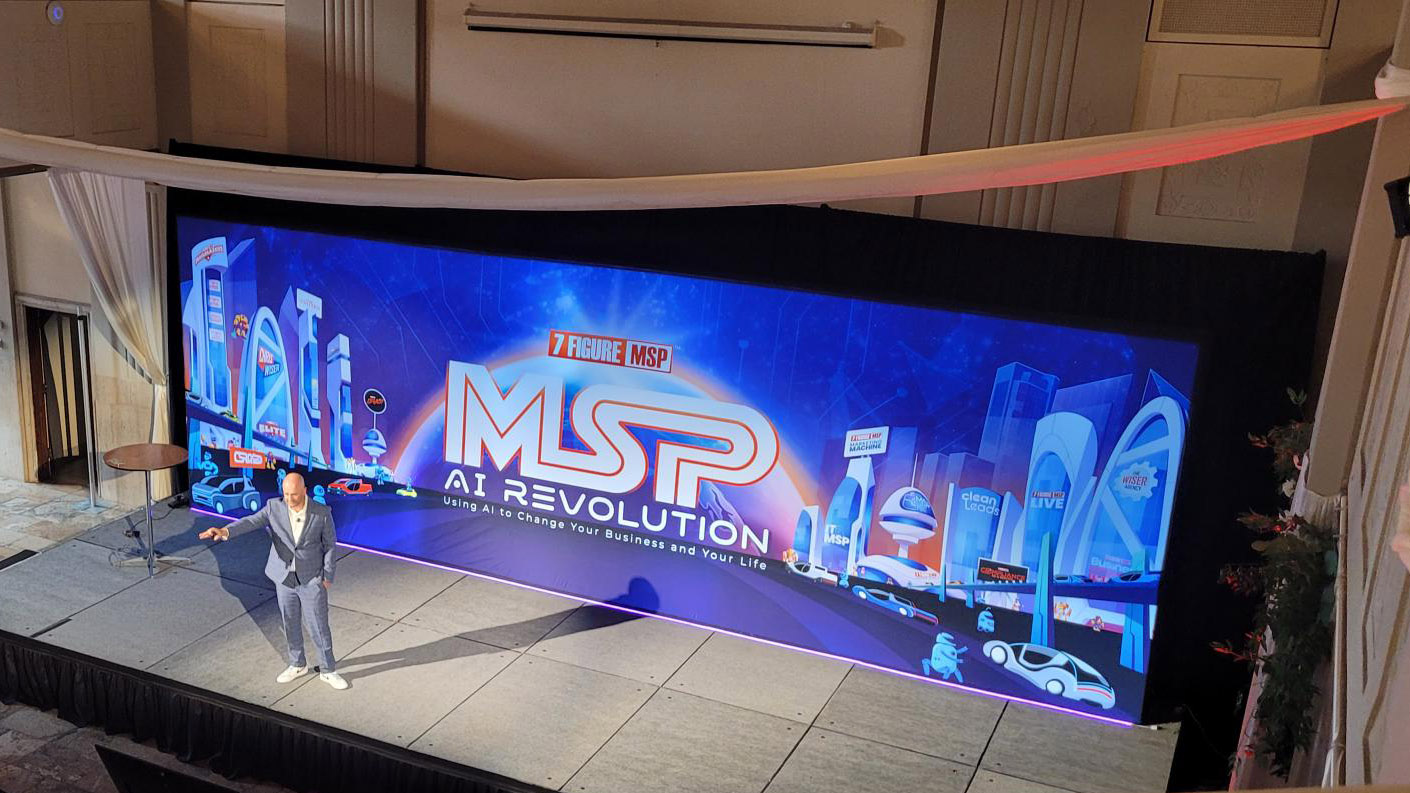Red Hat, Inc. (NYSE: RHT), the world’s leading provider of open source solutions, introduced Red Hat OpenShift 4, the next generation of its trusted enterprise Kubernetes platform, reengineered to address the complex realities of container orchestration in production systems. OpenShift 4 is designed to deliver a cloud-like experience across the hybrid cloud by driving automated updates across Kubernetes deployments everywhere. Paired with enhanced developer flexibility and backed by Kubernetes Operators, this helps to lay a more secure and consistent foundation for modern and emerging cloud-native workloads. More than†1,000 organizations†across industries and around the world, including†ANZ Bank, Banco Santander,†Cathay Pacific, Copel Telecom, GE, Lufthansa Technik, Macquarie Bank, Miles and More GmbH, Paychex, Porsche Informatik,†Sabre, Swisscom AG, Via Varejo, and X by Orange, and†this year’s Red Hat Innovation Awards winners†BP, Deutsche Bank, Emirates NBD, HCA Healthcare, and Kohl’s use OpenShift to accelerate application development and delivery.
Hybrid and multicloud deployments are now industry standard. IDC predicts that by 2020, more than 90% of global organizations will have a multicloud strategy in place.2†Red Hat OpenShift 4 simplifies hybrid and†multicloud†deployments to accelerate how IT organizations deploy new applications, helping businesses to thrive and differentiate themselves in an ever-increasing set of competitive markets.
Simplifying and automating the cloud, everywhere
Designed for diverse environments, Red Hat OpenShift 4 ushers in the next era of the Kubernetes standard to automate and operationalize best practices for modern application platforms. Red Hat OpenShift 4 operates as a unified cloud experience for the hybrid world, and enables an automation-first approach with:
- Self-managing platform for hybrid cloud†to provide a cloud-like experience via automatic software updates and lifecycle management across the†hybrid cloud, powered by the trusted foundation of Red Hat Enterprise Linux and Red Hat Enterprise Linux CoreOS. This enables greater security, auditability, repeatability, ease of management and user experience.
- Adaptability and heterogeneous support,†available in coming months†across†major public cloud vendors including Alibaba, Amazon Web Services (AWS), Google Cloud, IBM Cloud, Microsoft Azure, private cloud technologies like OpenStack, virtualization platforms and bare-metal servers.
- Streamlined full stack installation†with an automated process makes it easier to get started with enterprise Kubernetes quickly.
- Simplified application deployments and lifecycle management†with Kubernetes Operators. Red Hat pioneered stateful and complex applications on Kubernetes with Operators that automate application maintenance, scaling and failover. Now OpenShift 4 provides†Red Hat OpenShift Certified Operators.†Working in conjunction with the broader partner ecosystem, OpenShift 4 includes a broad set of applications to run as-a-service across the hybrid cloud.
Trusted enterprise Kubernetes
Red Hat OpenShift Container Platform is certified, conformant Kubernetes, as validated by the Cloud Native Computing Foundation (CNCF). It is the only enterprise Kubernetes offering built on the backbone of the†world’s leading enterprise Linux platform†backed by the open source expertise, compatible ecosystem, and leadership of Red Hat. As a top Kubernetes community contributor, Red Hat refines Kubernetes for enterprises in OpenShift 4, providing a codebase that is hardened and more secure while retaining key innovations from upstream communities.
To provide a more flexible deployment footprint while still maintaining enhanced security and stability, OpenShift 4 introduces†Red Hat Enterprise Linux CoreOS, an OpenShift-specific embedded variant of Red Hat Enterprise Linux. Red Hat Enterprise Linux CoreOS provides expanded choice for enterprises in deploying enterprise-grade Kubernetes, offering a lightweight, fully immutable, container-optimized Linux OS distribution. In this variant, security features and stability are still paramount, with automated updates managed by Kubernetes and enabled by OpenShift with the push of a button. This helps to reduce maintenance and improve business productivity.
OpenShift 4 is backed by Red Hat’s award-winning support and extensive professional services, including Red Hat Consulting. With technical expertise and strategic advising and analysis, Red Hat helps IT organizations build solutions that meet the needs of today and in the future.
Empowering developers to innovate
Application development is imperative for many IT organizations given its role in accelerating digital transformation. OpenShift 4 supports the evolving needs of application development as a consistent platform to optimize developer productivity with:
- Self-service, automation and application services†to†help developers extend their application by on-demand provisioning of application services and providing build and deploy automation for containerized applications backed by Operators.
- Red Hat CodeReady Workspaces†enable developers to leverage the power of containers and Kubernetes, while working with familiar integrated development environment (IDE) tools that they use day-to-day. CodeReady Workspaces are more consistent, collaborative and protected than when running containers or virtual machines (VMs) on a laptop. This includes the tools and dependencies needed to code, build, test, run, and debug containerized applications in a web-based IDE.
- OpenShift Service Mesh, which combines Istio, Jaeger, and Kiali projects as a single capability that encodes communication logic for microservices-based application architectures, freeing developer teams to focus on business-add logic.
- Knative for building serverless applications†in Developer Preview, which makes Kubernetes an ideal platform for building, deploying and managing serverless or function-as-a-service (FaaS) workloads. Knative features include scale-to-zero, autoscaling, in-cluster builds, and eventing frameworks for developing cloud-native applications on Kubernetes. It enables developers to focus on writing code by hiding complex parts of building, deploying, and managing their applications.
- KEDA (Kubernetes-based event-driven autoscaling),†a collaboration between Microsoft and Red Hat that supports†deployment of serverless event-driven containers on Kubernetes, enabling Azure Functions in OpenShift, in Developer Preview. This allows for accelerated development of event-driven, serverless functions across hybrid cloud and on-premises with Red Hat OpenShift.
- Operator-enabled application environments on OpenShift with Red Hat Middleware,†bringing the power of OpenShift Certified Operators to critical integration and process automation technologies. This enables IT organizations to unify their development environments around Operator capabilities, enabling developers to focus purely on delivering next-generation services and applications without having to worry about updating or maintaining of tooling.
- Operator-enabled Red Hat OpenShift Container Storage 4,†currently under development. It offers highly scalable persistent storage for cloud-native applications that require features such as encryption, replication, and availability across the hybrid cloud. Application teams can dynamically provision persistent volumes for a wide variety of workload categories including SQL/NoSQL databases, CI/CD pipelines and AI/ML.
Availability
Red Hat OpenShift 4 will be available in the next month.
Supporting Quotes
Ashesh Badani, senior vice president, Cloud Platforms, Red Hat
“Enterprise IT’s future is driven by hybrid and multicloud computing, with Kubernetes acting as a bridge to seamlessly connect workloads between on-premise datacenters and public cloud footprints. Red Hat OpenShift 4 makes this vision of Kubernetes a reality, offering a consistent, self-managing enterprise Kubernetes platform that spans the hybrid cloud. OpenShift 4 drives developer productivity while limiting operational complexities with native automation, providing a Kubernetes platform that pairs production-readiness with cloud-native innovation.”
Al Gillen, group vice president, Software Development and Open Source, IDC
“Red Hat has long led by example within the open source community, contributing to both nascent and maturing projects. After Kubernetes emerged, Red Hat shifted gears and carved out an early leadership position with container support on Kubernetes as part of OpenShift. The launch of Red Hat OpenShift 4 brings forward a multicloud solution also available as a managed cloud service. This product offers the portability customers are asking for in a package that brings substantive improvements in automating deployment and simplifying operation, which ultimately makes innovation easier.”
Jay Ryan, infrastructure architect, GE
“Our global businesses are leading the Digital Industrial Revolution, so it is important we work with trusted technology leaders like Red Hat. Our Kubernetes offering is built on Red Hat OpenShift as it is enterprise-class and designed to be more secure out of the box. We have been proud to be an early adopter of cloud and container ecosystems and realize that we don’t need to build and maintain everything ourselves. As a part of GE’s CoreTech, the central nervous system for IT services across GE, we rely on the power of Red Hat OpenShift and use it to deliver Kubernetes as a service to our GE Businesses across the world. OpenShift enables our application teams and developers to spend more time solving business problems and less time building platforms. With this next version of OpenShift, we are looking to enable the automated operation capabilities that can be delivered with Operators, helping us to scale up and out to keep up with demand, while putting even more control at our customers’ fingertips.”
Tobias Mohr, head of technology and infrastructure, AVIATAR, Lufthansa Technik
“Relying on open source from Red Hat gave us the opportunity to increase speed and development. We use Red Hat OpenShift to build, deploy, run, and integrate new infrastructure components in our AVIATAR digital platform for our customers. This agility is something we can continue thanks to the automation that can be achieved in OpenShift 4.”
Matthias Krohnen, enterprise architect, Miles and More GmbH
“Red Hat has allowed us to enjoy the best of two worlds: a cutting-edge open source solution as well as reliable and more secure enterprise support for Kubernetes. With our improved infrastructure based on Red Hat OpenShift Container Platform, we can now quickly offer additional services, tap into new business opportunities, and generally enhance our position as an attractive partner for companies outside of the air travel sector. We look forward to the innovations of OpenShift 4 bringing full-stack automation and more tooling for developer productivity.”
Marcel Meier, head of new business, Swisscom (Schweiz) AG
“As a major telecommunications and IT provider in Switzerland with a history of more than 160 years, we must continue to innovate, and application containers are helping us gain greater developer productivity for our clients and Software partners. Today we rely on Red Hat OpenShift as a part of our containers-as-a-service strategy, which is helping us to deliver a faster service to our partners, our customers, and our internal teams, with a focus on generating greater business value for all.”













